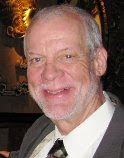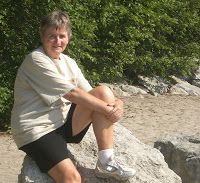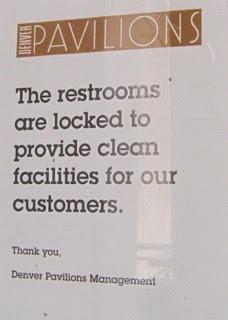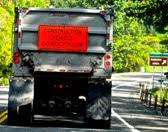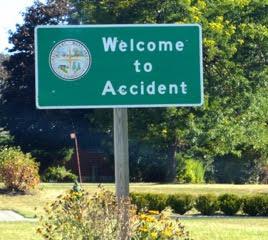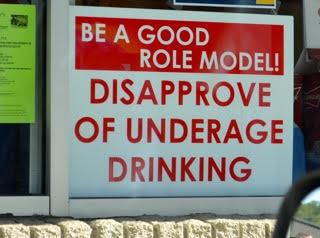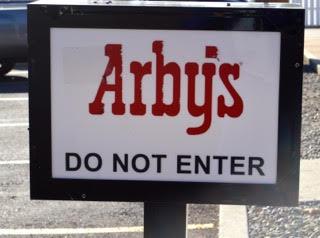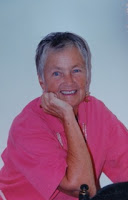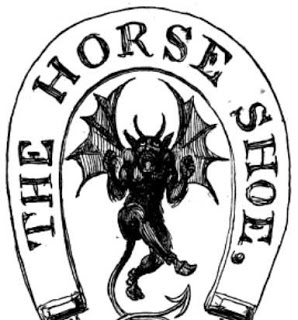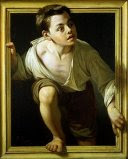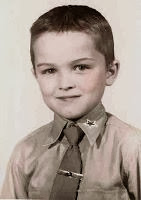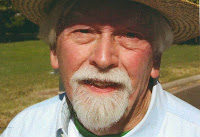I started wearing scarves when I lived in New Mexico. The mild winters there when compared with the previous nine seasons of harsh weather in mid-Missouri made it possible for me to wear a jacket, scarf, and gloves and be plenty warm most of the time. I liked the light-weight effect. Of course, keeping track of scarves presented a new challenge to me. I lost several when upon leaving coffee shops I failed to put them around my neck.
Actually scarves and their care were the least of my complications in those days. I started doing quite a few different things during my Albuquerque mid-forties years and now realize that in addition to a change of scenery and culture, the exit of our children from the home had a lot to do with my adaptations. For the first time in my adult life I had freedoms I had longed for but had never exercised. It seemed like the challenges of my homosexuality were not going to be overlooked. Wearing scarves was the least among my new behaviors although not unimportant.
Looking back on it all I can say that scarves significantly symbolized a feminizing of my life, a simple step of my living into my girlishness fostered by being reared with four girls and by my personality that I now identify as gay, or at least as the gay part of it. I wasn’t at all surprised. I had long wondered how I got through childhood and youth without being beat up for being a sissy, a weakling, too girlish, somehow not a man. I wondered but thought happily about my enduring good luck. And then, in my middle-age-moving-toward-old-age, I could flip a scarf around my neck without a care. For me, scarves were a bit like umbrellas, things most men I knew had no truck with. Still, I had learned to use umbrellas in Missouri where it often rains, and then in arid and mild Albuquerque I sported scarves.
In my well-compartmentalized life I had already known scarves, actually worn them. They were present in our house due to having two older sisters who sometimes wore them when the bop was popular, poodle skirts and saddle oxfords reigned on the dance floor, and scarves in complementary colors were worn around the neck. Now I couldn’t wear them to school dances, but I did wear them when dancing at powwows. They were a standard part of my straight dance costume with its roach headdress, old fashioned bustle, beaded and mirror rosettes, trailers, apron, sheepskin anklets, bells, and moccasins. I preferred dark blue scarves and wore them in this other cultural compartment of my life. But when I left home for college, I left those costumes packed away in two suitcases and a few boxes wondering if I’d ever wear them again. They were stowed along with memories of childhood sex with boys, a nine-month affair with another teen, my love for doing artwork, and the like.
By the time I got to Denver a few years after leaving Albuquerque, I was wearing scarves almost every winter day. I also learned to pull a scarf into my sleeve so I wouldn’t have to remember it when donning my jacket. I now prefer plaid scarves although they often clash with my plaid shirts. I have even encouraged my partner to wear scarves and have noticed now he wants to tie them in a more girlish fashion like some kind of off duty drag queen! Oh, did that just slip out? Well, you can see that I have learned a lot but probably have a lot more to learn about myself. I wonder what else I may discover in those old suitcases of lost dreams.
Denver, ©23 March 2014

